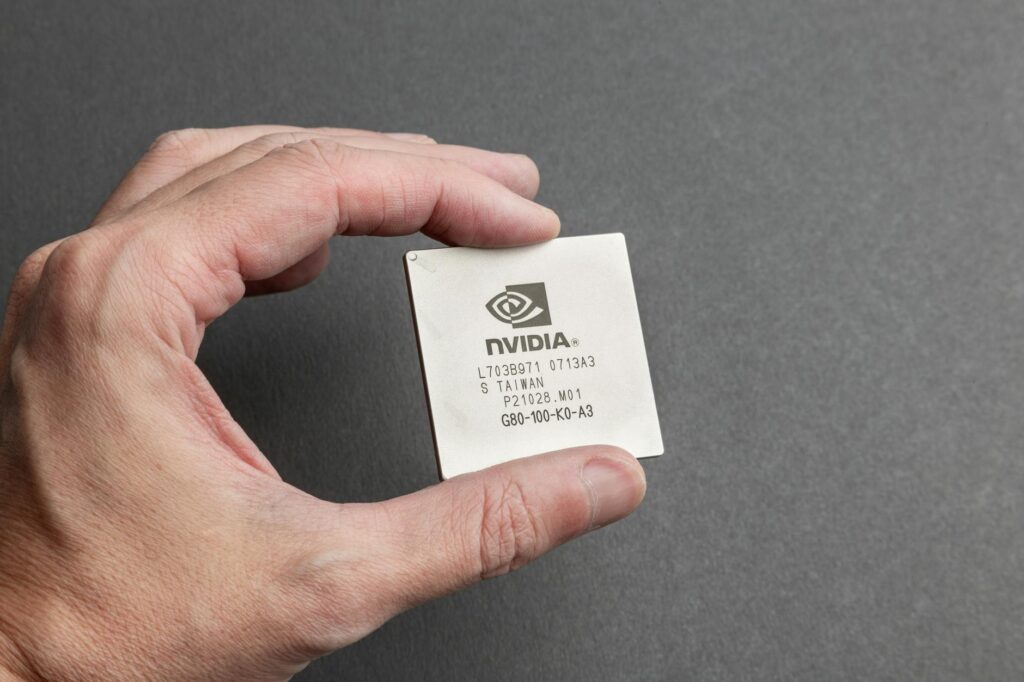What is efficiency optimization techniques?

What is efficiency optimization techniques?
In our fast-paced world, efficiency optimization techniques are more important than ever. With the constant demand for productivity and better results, businesses and individuals alike are seeking methods to streamline their processes and maximize output. Efficiency optimization isn’t just a buzzword—it’s a critical component of success in various fields, from manufacturing to personal productivity.
Understanding Efficiency Optimization
Efficiency optimization involves systematically improving processes to achieve better performance with fewer resources. It focuses on identifying and eliminating waste, reducing costs, and enhancing productivity. Whether in a corporate setting or for personal productivity, efficiency optimization techniques can lead to significant improvements.
Benefits of Efficiency Optimization Techniques
Implementing these techniques brings numerous advantages, including:
- Time Savings: By refining processes, you can accomplish tasks faster.
- Cost Reduction: Fewer resources spent means lower operational costs.
- Improved Productivity: Streamlined workflows allow for more output without increased effort.
- Enhanced Quality: Focusing on efficiency often leads to better-quality outcomes.
These benefits highlight why efficiency optimization is essential for anyone looking to improve their work processes or lifestyle.
Real-World Applications
Efficiency optimization techniques are applied across various industries. For instance, in manufacturing, Lean methodologies help reduce waste and speed up production. In healthcare, streamlining patient processes can lead to better care and lower costs. Even in personal life, techniques like time management strategies can significantly enhance daily productivity. You can find more insights on process optimization in this article about Process Improvement Techniques.
Common Efficiency Optimization Techniques
There are several specific techniques you can implement for efficiency optimization:
Lean Methodology
Lean methodology emphasizes reducing waste while maximizing value. It operates on the principle that any activity that does not add value to the product or service should be eliminated. This approach leads to improved efficiency and customer satisfaction. To learn more about Lean principles, check out What is Lean Methodology?.
Six Sigma
Six Sigma is another popular method focused on improving quality by identifying and removing defects in processes. It uses statistical tools and techniques to measure performance and make informed decisions for improvement. This approach fits well in manufacturing but is also applicable in other industries. A comprehensive guide to Six Sigma can be found at What is Six Sigma?.
Time Management Strategies
Effective time management techniques, such as the Pomodoro Technique and the Eisenhower Matrix, can also optimize efficiency at a personal level. The Pomodoro Technique advocates breaking work into intervals, traditionally 25 minutes in length, followed by a short break. The Eisenhower Matrix helps prioritize tasks based on urgency and importance, ensuring you focus on what truly matters.

Photo by Stas Knop
Implementing Efficiency Optimization Techniques
To implement these techniques effectively, consider the following steps:
Identifying Areas for Improvement
Start by assessing your current processes. Look for bottlenecks and inefficiencies. Tools like process mapping can help visualize workflows and highlight areas needing improvement. Engaging your team in this assessment can provide valuable insights.
Setting SMART Goals
Once you identify areas for improvement, it’s crucial to set SMART goals—specific, measurable, achievable, relevant, and time-bound. These goals serve as your roadmap for implementing efficiency optimization techniques, ensuring you stay focused and motivated.
Monitoring and Adjusting Processes
Efficiency optimization is an ongoing journey. Regularly monitor your processes to evaluate improvements and make necessary adjustments. Flexibility is key; what works today might need tweaking tomorrow. This adaptability can set you apart in a competitive landscape.
Challenges in Efficiency Optimization
While the benefits are clear, implementing efficiency optimization techniques can come with challenges.
Resistance to Change
One common obstacle is resistance from team members. Change can be daunting, and people may feel threatened by new processes. To tackle this, communicate openly about the benefits of the changes. Involve your team in the decision-making process to foster buy-in and support.
Lack of Resources
Sometimes, limited resources can hinder optimization efforts. However, even with minimal resources, you can still identify low-cost improvements. Focus on small, incremental changes rather than sweeping overhauls. Tools and strategies like process mapping and time management techniques can be implemented without significant investment.
Conclusion
In summary, efficiency optimization techniques are vital for enhancing productivity and achieving better outcomes in both personal and professional settings. By understanding their benefits and applications, you can implement these techniques effectively. Whether through Lean methodologies, Six Sigma, or time management strategies, there are numerous paths to achieving greater efficiency. Remember, the journey toward optimization is continuous, and embracing change can lead to significant improvements. Start exploring these techniques today and unlock your full potential!